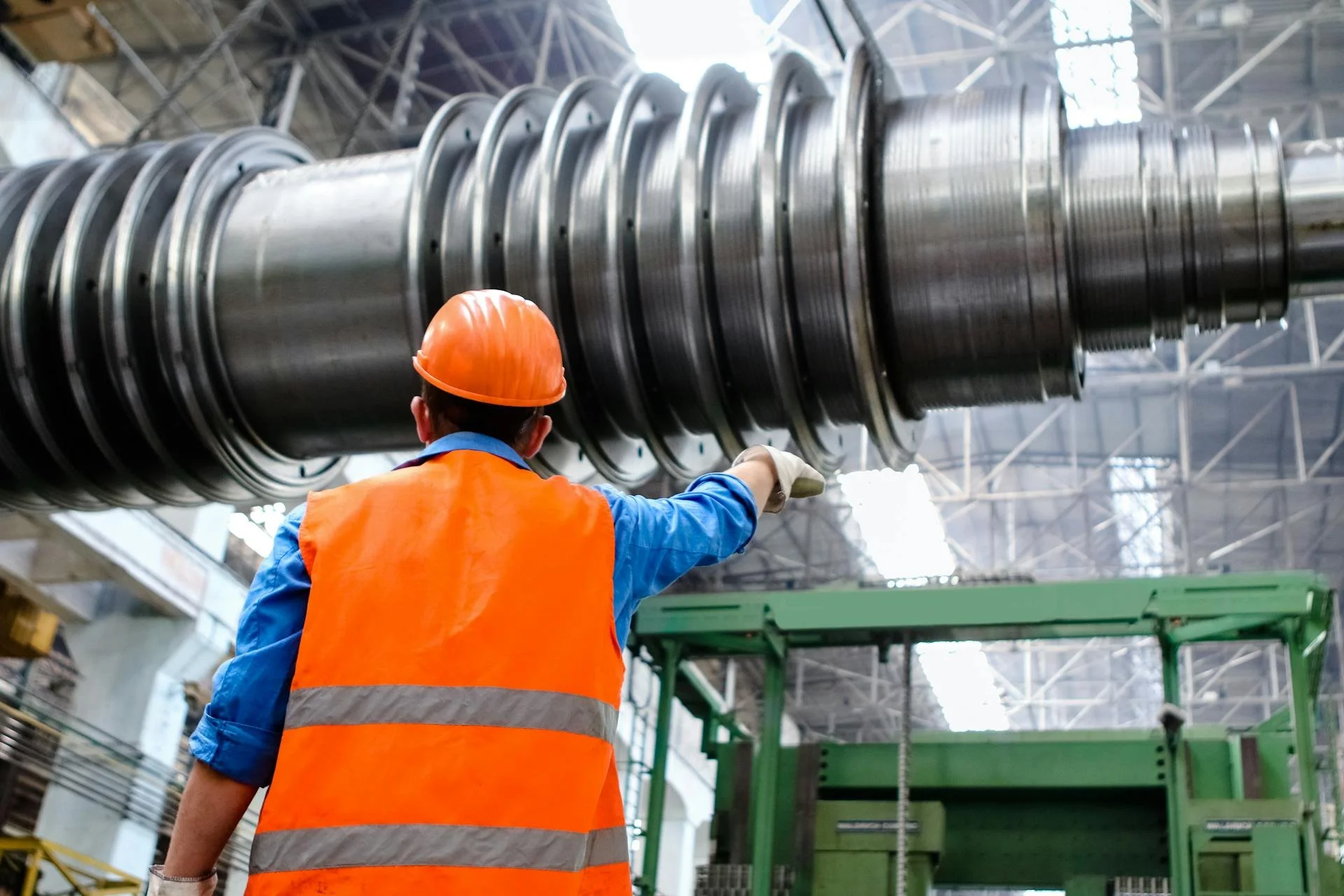How Long Should a Ball Screw Repair Take in Kitchener-Waterloo?
A ball screw is an important mechanical component for converting rotational motion into linear motion. When highly-accurate movements are needed for equipment like 3D printers, that’s where the ball screw comes in, enabling precise positioning. In comparison to traditional screws, a ball screw is faster and causes significantly less friction.
However, things like built-up debris and corrosion can cause a ball screw to lose speed and efficiency over time. In this case, depending on the damages, the ball screw will either need a repair or a replacement.
As an essential component, how long can one expect a ball screw repair to take? At BSG, we can help repair or manufacture countless machinery components, including a ball screw. Keep reading to find out how to identify a faulty ball screw and how long a ball screw repair might take in Kitchener-Waterloo.
Components of a Ball Screw
In order to understand ball screw repair and what it entails, it’s important to know that the ball screw is actually made up of several individual components.
Screw Shaft: The central component around which the entire ball screw assembly revolves. Responsible for changing between rotational and linearing motions.
Ball Nut: Holds the ball bearings and travels along the screw shaft.
Ball Bearings: Small steel balls that roll between the ball nut and the screw shaft to help reduce friction.
Ball Return Channel: A mechanism that guides the ball bearings back into the ball nut after they roll along the shaft.
Screw Shaft End: The end of the screw shaft where the ball nut attaches.
Support Bearings: Support the ends of the screw shaft.
Preload Nut: Applies axial force to the ball bearings.
Seals and Wipers: Protects the ball screw from dust, dirt, and other contaminants which can compromise its functionality.
Lubrication: Grease or oil that is applied to the ball screw to reduce friction and prevent wear and tear.
Key Signs Your Ball Screw Needs Repair
Your ball screw may experience performance issues after an extended period of use. It’s important to recognize the signs of a faulty ball screw to prevent further damage and unnecessary downtime. Here’s what to look out for:
Increased Backlash
Backlash is a delay when the motion or direction is changed. It’s usually a sign that your ball bearings are worn or damaged.
The ball screw motion should be very precise, with no delays or wobbles when you reverse direction. But over time, wear and tear on the ball bearings (or races) can lead to a lack of responsiveness.
Loud Noise or Vibration
Ball screws operate quietly and smoothly. Grinding or squeaking sounds are not normal, and are usually a sign of excessive friction. This could be caused by a lack of lubrication or contaminants (debris) making its way into the ball screw. The bearings inside could also be damaged.
Resistance
The ball screw’s movement should be smooth, so if you notice resistance in certain points along its travel, that’s a sign of a faulty ball screw. This can occur when the ball screw isn’t assembled properly (misaligned), but might also be caused by damage or contaminants.
Visible Damage
Visible signs of damage, like scratches, grooves, or rust, are not normal and should be addressed, even if you haven’t noticed performance issues yet. Dealing with signs of damage early on will help prevent the need for a full ball screw replacement.
To avoid a damaged ball screw, ensure the ball screw is sufficiently lubricated at all times and that the seals and wipers can block contaminants.
Overheating
If the ball screw overheats during use, it’s probably being caused by excessive friction and/or inadequate lubrication. More friction can indicate something’s wrong with the internal components.
Additionally, overheating is common If you run the ball screw at higher speeds than normal.
Loss of Precision
One of the biggest signs that a ball screw repair is needed is when it loses precision and accuracy over time, making it unable to maintain tight tolerances. If you notice this, you should stop using the ball screw and repair it right away.
How Long a Ball Screw Repair Takes on Average
Depending on the complexity of your project, a ball screw repair will take anywhere from 1 day to 1 month to be completed.
Start Your Ball Screw Repair in Kitchener-Waterloo
Since 1987, Ball Service Group (BSG) has been Kitchener-Waterloo’s trusted manufacturing partner, representing top quality in every area of our service. Our quality assurance policy ensures that you get the best results every time. Whether it’s a full-scale fabrication project or just a quick ball screw repair, we have the experience, skill, and equipment to get the job done.

